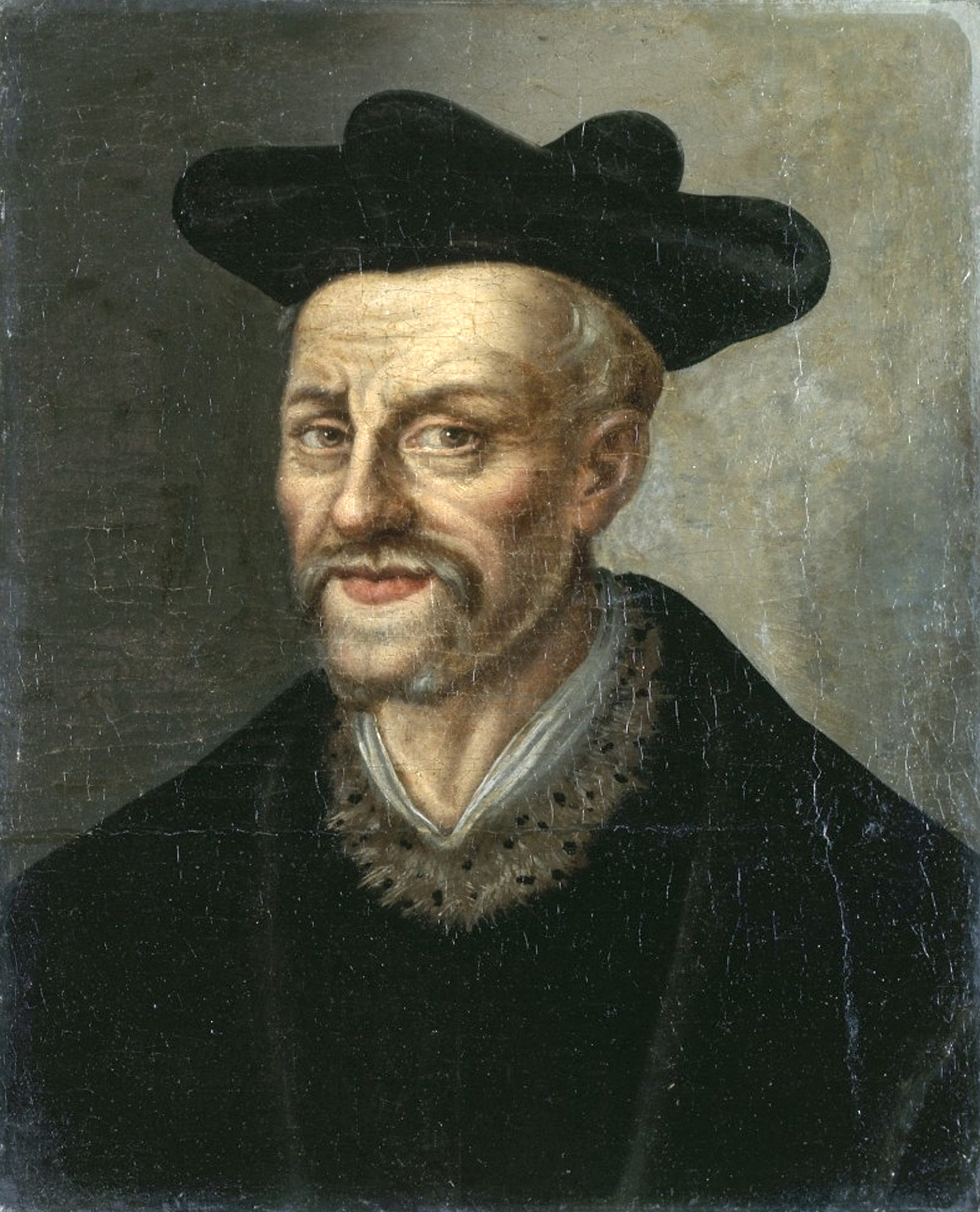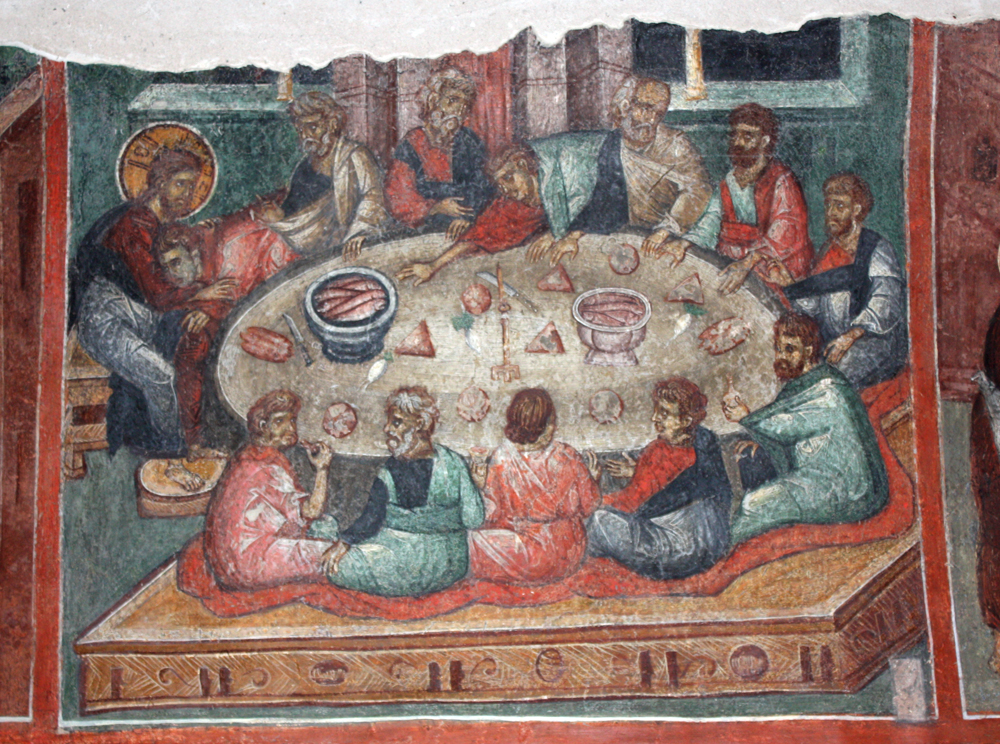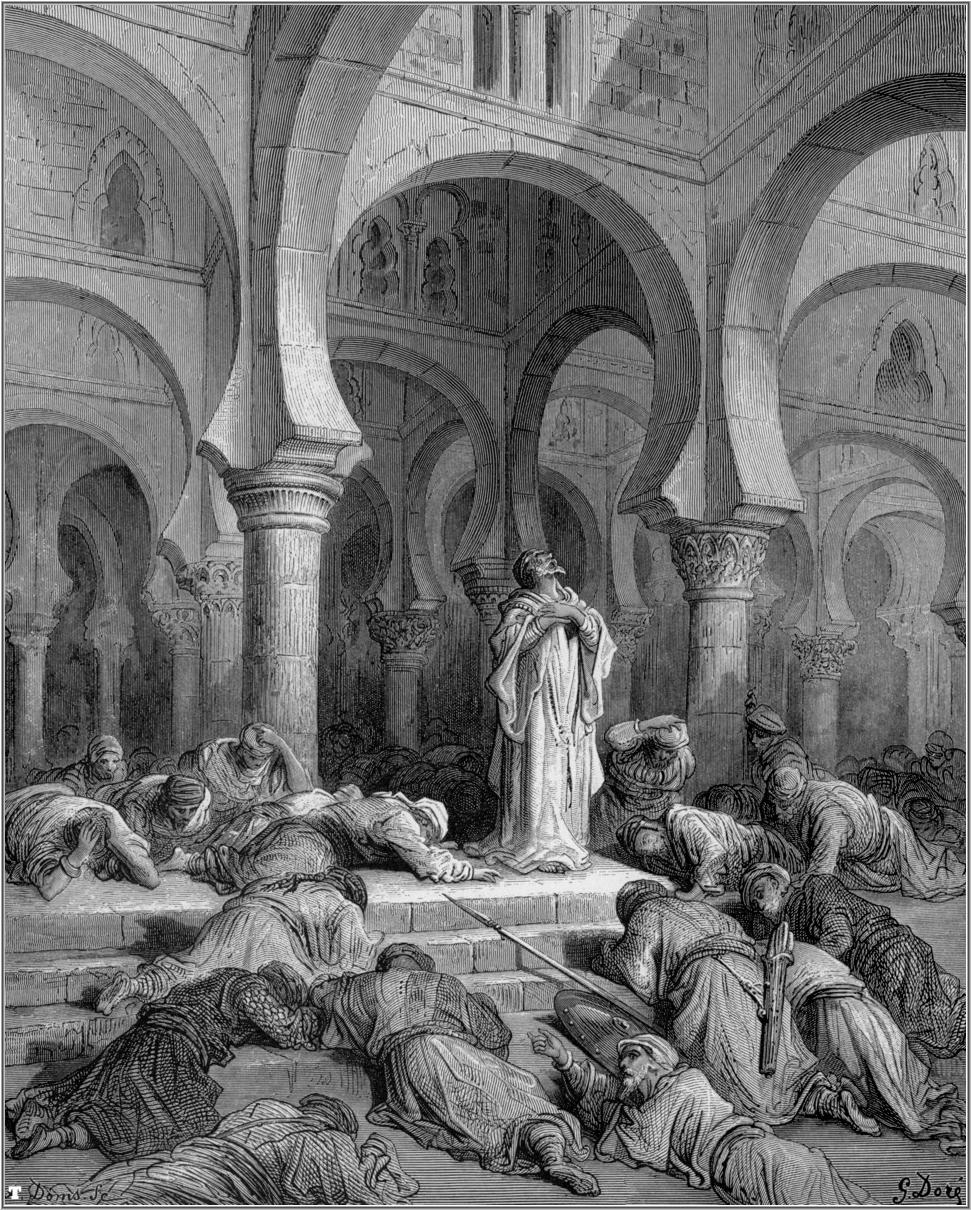|
Great Work (Thelema)
Within Thelema, the Great Work is the spiritual endeavor aimed at realizing one's True Will and achieving a profound mystical union with Nuit, the Thelemic personification of the infinite and boundless expanse of the universe. This path, crafted by Aleister Crowley, draws inspiration from Hermetic alchemy and the Hermetic Qabalah. The cornerstone of Thelema is the ''Book of the Law'', received by Crowley in 1904 through a communication with the entity Aiwass. This text became the central scripture, heralding a new Aeon for humanity and outlining the principles of Thelema. The core purpose of Thelema is twofold: to discover one's unique True Will, or life's purpose, and to attain mystical union with the universal consciousness. Crowley described the Great Work as the unification of opposing forces, be it the individual with the universal or the ego with the non-ego. The techniques to achieve these goals are collectively termed "Magick", encompassing Western ceremonial magic, med ... [...More Info...] [...Related Items...] OR: [Wikipedia] [Google] [Baidu] |
Thelema
Thelema () is a Western esotericism, Western esoteric and occult social or spiritual philosophy and a new religious movement founded in the early 1900s by Aleister Crowley (1875–1947), an English writer, mystic, occultist, and ceremonial magician. Central to Thelema is the concept of discovering and following one's True Will, a divine and individual purpose that transcends ordinary desires. Crowley's system begins with ''The Book of the Law'', a text he maintained was dictated to him by a non-corporeal entity named Aiwass. This work outlines key principles, including the axioms "Do what thou wilt shall be the whole of the Law" and "love is the law, love under will", emphasizing personal freedom and the pursuit of one's true path. The Thelemic cosmology features deities inspired by ancient Egyptian religion. The highest deity is Nuit, the night sky symbolized as a naked woman covered in stars, representing the ultimate source of possibilities. Hadit, the infinitely small poin ... [...More Info...] [...Related Items...] OR: [Wikipedia] [Google] [Baidu] |
Magick Without Tears
''Magick Without Tears'', a series of letters, was the last book written by English occultist Aleister Crowley (1875–1947), although it was not published until after his death. It was written in 1943 and published in 1954 with a foreword by its editor, Karl Germer. Summary The book consists of 80 letters to various students of magick. Originally to be titled ''Aleister Explains Everything'', the letters offer his insights into both magick and Thelema—Crowley's religious and ethical system—with a clarity and wit often absent in his earlier writings. The individual topics are widely varied, addressing the orders O.T.O. and A∴A∴, Qabalah, Thelemic morality, Yoga, astrology, various magical techniques, religion, death, spiritual visions, the Holy Guardian Angel Sacred describes something that is dedicated or set apart for the service or worship of a deity; is considered worthy of spiritual respect or devotion; or inspires awe or reverence among believers. The proper ... [...More Info...] [...Related Items...] OR: [Wikipedia] [Google] [Baidu] |
Holy Grail
The Holy Grail (, , , ) is a treasure that serves as an important motif in Arthurian literature. Various traditions describe the Holy Grail as a cup, dish, or stone with miraculous healing powers, sometimes providing eternal youth or sustenance in infinite abundance, often guarded in the custody of the Fisher King and located in the hidden Grail castle. By analogy, any elusive object or goal of great significance may be perceived as a "holy grail" by those seeking such. A mysterious "grail" (Old French: ''graal'' or ''greal''), wondrous but not unequivocally holy, first appears in '' Perceval, the Story of the Grail'', an unfinished chivalric romance written by Chrétien de Troyes around 1190. Chrétien's story inspired many continuations, translators and interpreters in the later-12th and early-13th centuries, including Wolfram von Eschenbach, who portrayed the Grail as a stone in ''Parzival''. The Christian, Celtic or possibly other origins of the Arthurian grail trope are ... [...More Info...] [...Related Items...] OR: [Wikipedia] [Google] [Baidu] |
The Confessions Of Aleister Crowley
''The Confessions of Aleister Crowley: An Autohagiography'' is a partial autobiography by the poet and occultist Aleister Crowley. It covers the early years of his life up until the mid-late 1920s but does not include the latter part of Crowley's life and career between then and his death in 1947. Mandrake Press published the first two sections as separate volumes under the title ''The Spirit of Solitude'' in 1929. Background Crowley had originally intended that the work would be published in six volumes, but only two of these had been published before the Great Depression and various internal disputes led to the demise of the publishers. The project languished uncompleted throughout Crowley's lifetime, and it was not until 1969 that the Confessions were issued in a single volume edition, edited by John Symonds and Kenneth Grant. Whilst the single volume edition includes much of the text of the first two volumes (and of course that of the latter four) it is nonetheless an abr ... [...More Info...] [...Related Items...] OR: [Wikipedia] [Google] [Baidu] |
Worship Of Heavenly Bodies
The worship of heavenly bodies is the veneration of stars (individually or together as the night sky), the planets, or other astronomical objects as deities, or the association of deities with heavenly bodies. In anthropological literature these systems of practice may be referred to as astral cults. The most notable instances of this are Sun gods and Moon gods in polytheistic systems worldwide. Also notable are the associations of the planets with deities in Sumerian religion, and hence in Babylonian and Greco-Roman religion, viz. Mercury, Venus, Mars, Jupiter, and Saturn. Gods, goddesses, and demons may also be considered personifications of astronomical phenomena such as lunar eclipses, planetary alignments, and apparent interactions of planetary bodies with stars. The Sabians of Harran, a poorly understood pagan religion that existed in Harran during the early Islamic period (7th–10th century), were known for their astral cult. The related term astrolatry usually imp ... [...More Info...] [...Related Items...] OR: [Wikipedia] [Google] [Baidu] |
Rāja Yoga
In Sanskrit texts, ''Rāja yoga'' () was both the goal of yoga and a method to attain it. The term was later adopted as a modern label for the practice of yoga in the 19th-century when Swami Vivekananda gave his interpretation of the Yoga Sutras of Patanjali in his book '' Raja Yoga''.Swami Vivekananda, ''Raja Yoga'', Since then, Rāja yoga has variously been called aṣṭāṅga yoga, royal yoga, royal union, sahaja marg, and classical yoga. Etymology and usage Rāja (Sanskrit: राज) means "king, sovereign, chief, best or most excellent of its kind". The historical use of the term ''Rāja yoga'' is found in other contexts, quite different from its modern usage. In ancient and medieval Sanskrit texts, it meant the highest state of yoga practice (one reaching samādhi).. The ''Hatha Yoga Pradipika'' (15th century) for example, authored by Swatmarama, presents Hatha Yoga as a preparatory and complementary practice that leads to the state of Raja Yoga: Raja Yoga ... [...More Info...] [...Related Items...] OR: [Wikipedia] [Google] [Baidu] |
Thoth Tarot
''Thoth Tarot'' is an esoteric tarot deck painted by Lady Frieda Harris according to instructions from Aleister Crowley. Crowley referred to this deck as ''The Book of Thoth'', and also wrote a 1944 book of that title intended for use with the deck. Background Crowley originally intended the Thoth deck to be a six-month project aimed at updating the traditional pictorial symbolism of the tarot. However, due to increased scope, the project eventually spanned five years, between 1938 and 1943. Symbolism The illustrations of the deck feature symbolism based upon Crowley's incorporation of imagery from many disparate disciplines, including science and philosophy and various occult systems (as described in detail in his ''The Book of Thoth''). Deck variants As reported in the table below there are six known major versions of the Thoth Tarot with significant differences. Differences from the Rider–Waite Tarot Order and names of trumps Crowley renamed several of the trumps ... [...More Info...] [...Related Items...] OR: [Wikipedia] [Google] [Baidu] |
Liber Trigrammaton
''Liber Trigrammaton'', also known as ''Liber XXVII'', is one of the Holy Books of Thelema, authored by Aleister Crowley. It is a short, cryptic text that consists of 27 three-line stanzas. Each stanza is associated with a unique trigram, making a total of 27 trigrams. This work is considered an important part of Thelemic literature and is believed to contain deep esoteric meanings and mystical insights. Background In 1904, Aleister Crowley wrote out the text of the foundational document of his world-view, known as ''Liber AL vel Legis'', ''The Book of the Law''. In this text was the injunction found at verse II:55; "Thou shalt obtain the order & value of the English Alphabet, thou shalt find new symbols to attribute them unto" which was understood by Crowley as referring to an English Qabalah yet to be developed or revealed. In one of the '' Holy Books of Thelema'' written by Aleister Crowley in 1907, called ''Liber Trigrammaton, sub figura XXVII -- Being the Book of the Mutatio ... [...More Info...] [...Related Items...] OR: [Wikipedia] [Google] [Baidu] |
English Qaballa
English Qaballa (EQ) is a Hermetic Qabalah, based on a system of arithmancy that interprets the letters of the English alphabet via an assigned set of values. It was created by James Lees in 1976, through his efforts to understand, interpret, and elaborate on Aleister Crowley's ''Book of the Law''. This system has also been referred to as the ALW cipher and the New Aeon English Qabalah (NAEQ) by other writers. Background In 1904, Aleister Crowley wrote out in English the text of the foundational document of his world-view, known as ''Liber AL vel Legis'', ''The Book of the Law''. In this text was the injunction found at verse 2:55; "Thou shalt obtain the order & value of the English Alphabet, thou shalt find new symbols to attribute them unto" which was understood by Crowley as referring to an English Qabalah yet to be developed or revealed. Order and value The "order & value" proposed by James Lees lays the letters out on the grid superimposed on the page of manuscript of ''Lib ... [...More Info...] [...Related Items...] OR: [Wikipedia] [Google] [Baidu] |
Buddhist Meditation
Buddhist meditation is the practice of meditation in Buddhism. The closest words for meditation in the classical languages of Buddhism are ''bhavana, bhāvanā'' ("mental development") and ''Dhyāna in Buddhism, jhāna/dhyāna'' (a state of meditative absorption resulting in a calm and luminous mind). Buddhists pursue meditation as part of the path toward Moksha, liberation from defilements (''Kleshas (Buddhism), kleshas'') and clinging and craving (''upādāna''), also called Bodhi, awakening, which results in the attainment of nirvana. The Indian Schools of Buddhism, Buddhist schools relied on numerous meditation techniques to attain meditative absorption, some of which remain influential in certain modern schools of Buddhism. Classic Buddhist meditations include ''anapanasati'' (mindfulness of breathing), ''Patikulamanasikara, asubha bhavana'' ("reflections on repulsiveness");Deleanu, Florin (1992)Mindfulness of Breathing in the Dhyāna Sūtras Transactions of the Internatio ... [...More Info...] [...Related Items...] OR: [Wikipedia] [Google] [Baidu] |
Eucharist
The Eucharist ( ; from , ), also called Holy Communion, the Blessed Sacrament or the Lord's Supper, is a Christianity, Christian Rite (Christianity), rite, considered a sacrament in most churches and an Ordinance (Christianity), ordinance in others. Christians believe that the rite was instituted by Jesus at the Last Supper, the night before Crucifixion of Jesus, his crucifixion, giving his Disciple (Christianity), disciples bread and wine. Passages in the New Testament state that he commanded them to "do this in memory of me" while referring to the bread as "my body" and the cup of wine as "the blood of my covenant, which is poured out for many". According to the synoptic Gospels, this was at a Passover meal. The elements of the Eucharist, sacramental bread, either Leavening agent, leavened or Unleavened bread, unleavened, and sacramental wine (non-alcoholic grape juice in some Protestantism, Protestant traditions, such as Methodism), are consecrated on an altar or a communio ... [...More Info...] [...Related Items...] OR: [Wikipedia] [Google] [Baidu] |
Invocation
Invocation is the act of calling upon a deity, spirit, or supernatural force, typically through prayer, ritual, or spoken formula, to seek guidance, assistance, or presence. It is a practice found in numerous religious, spiritual, and esoteric traditions, where it serves to establish a connection between the human and the divine or metaphysical realms. Invocation can be directed toward a singular deity, multiple deities, spirits, or abstract forces, and may involve formal liturgies, spontaneous prayers, chants, or symbolic actions. Unlike evocation, which is generally understood as calling a spirit to appear outside the practitioner, invocation often implies inviting the entity to be present within or to closely align with the practitioner. The purpose of invocation varies across cultural and religious contexts. In many traditions, it is used to request divine intervention, protection, wisdom, or blessings in personal or communal matters. Invocation may also serve to con ... [...More Info...] [...Related Items...] OR: [Wikipedia] [Google] [Baidu] |







